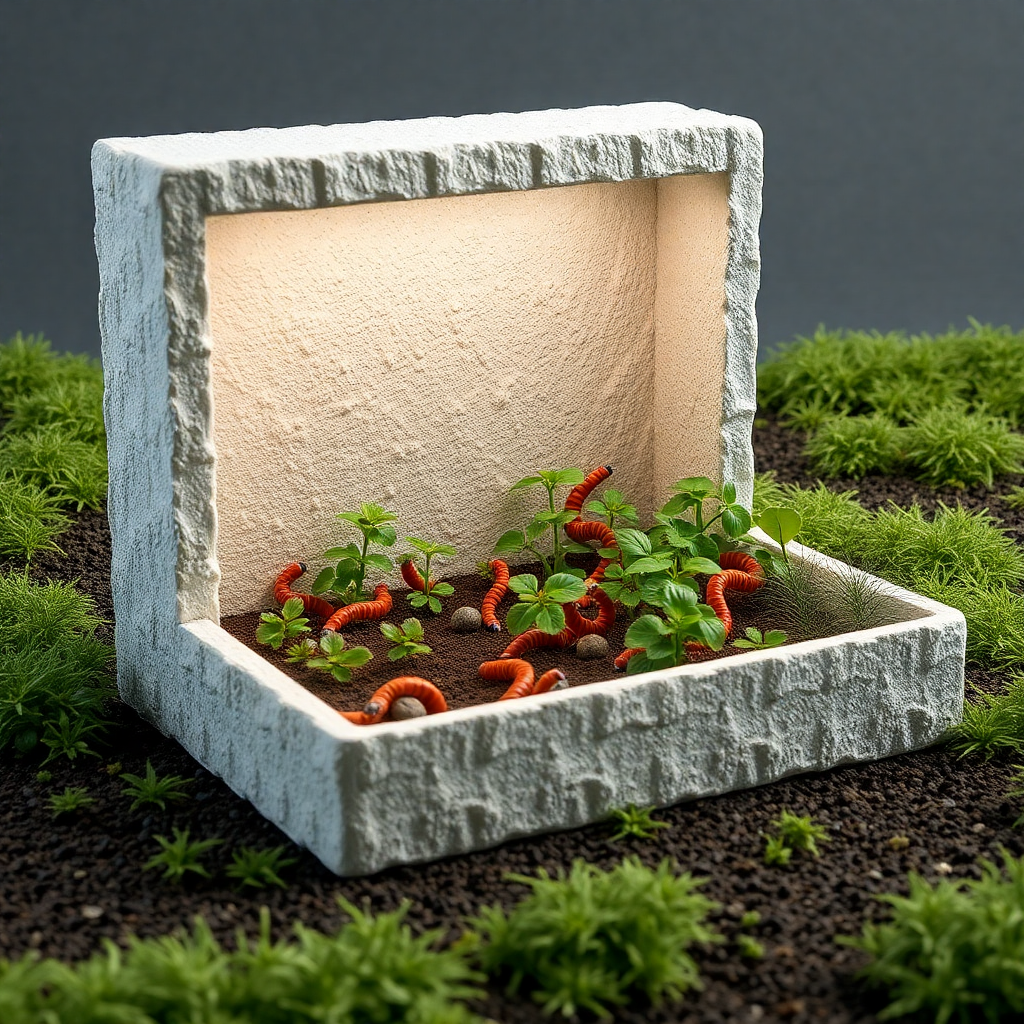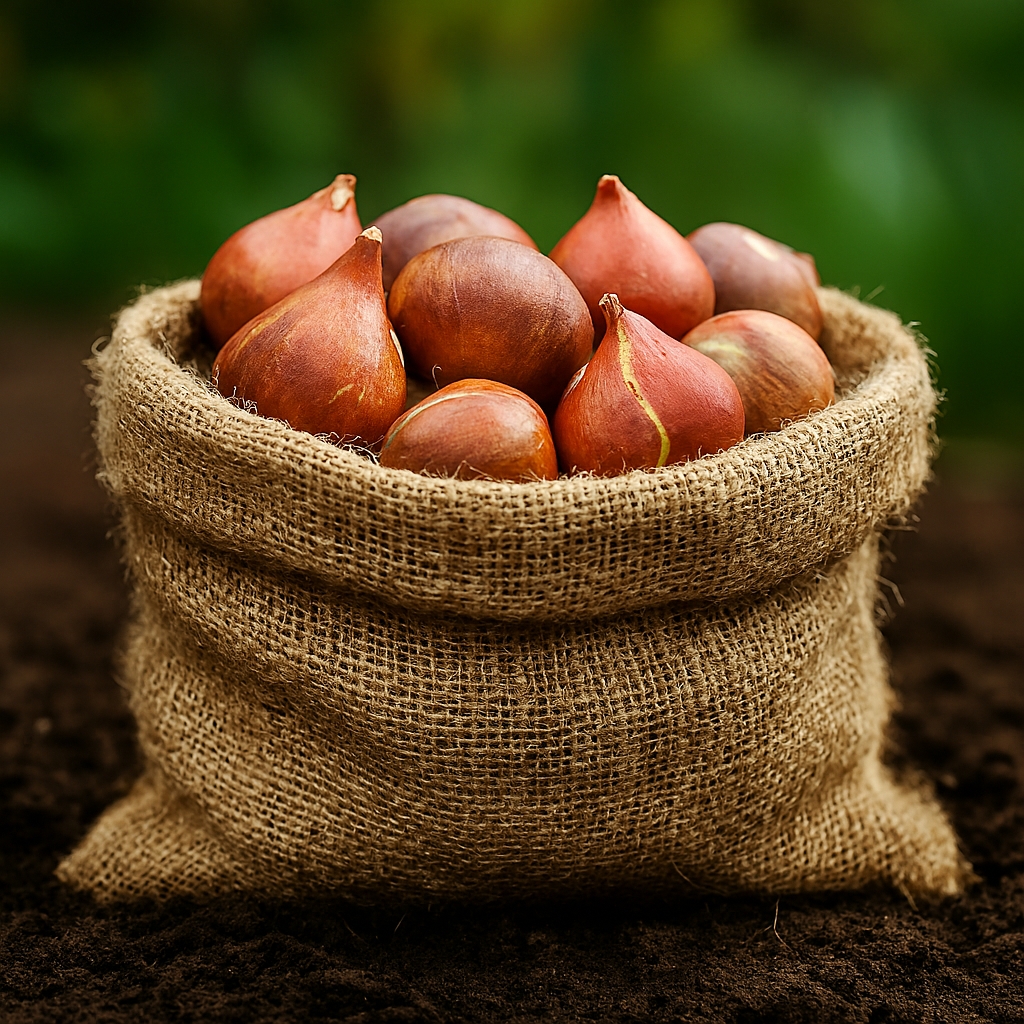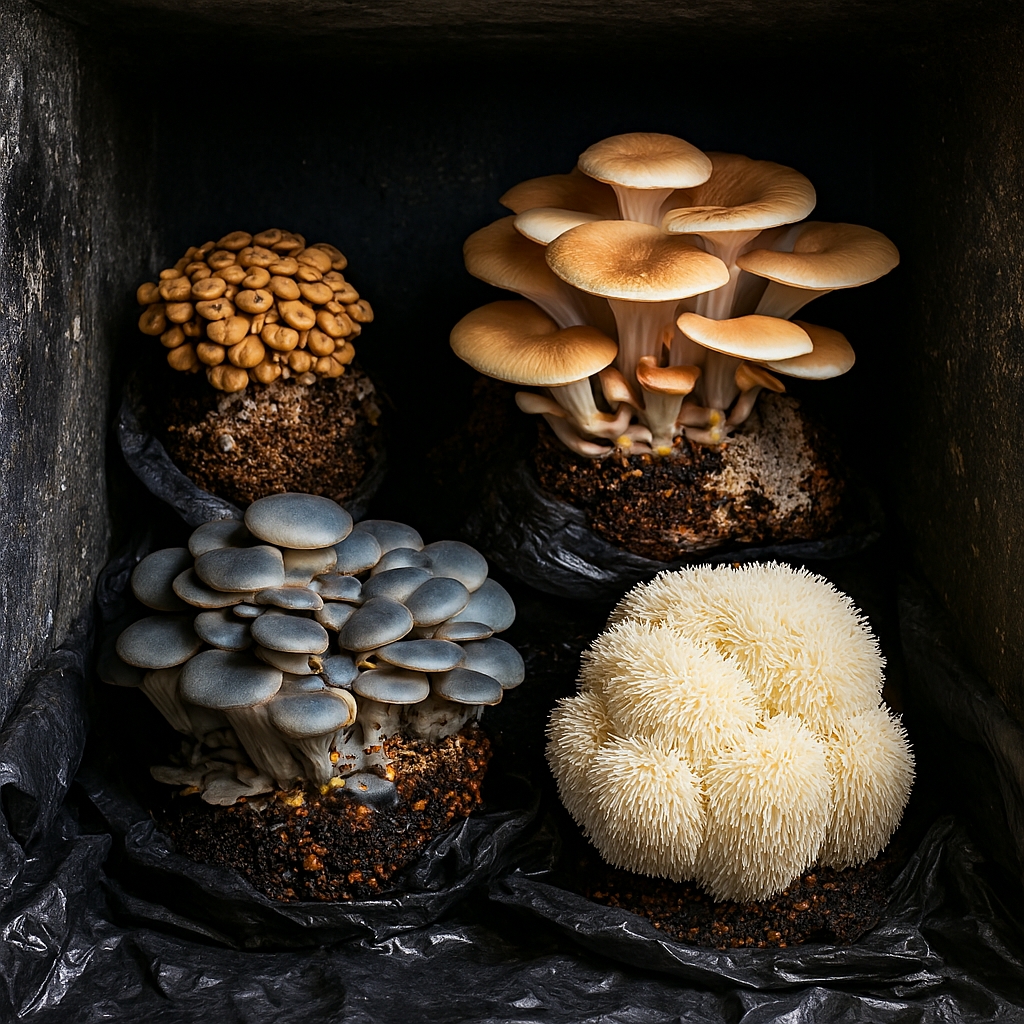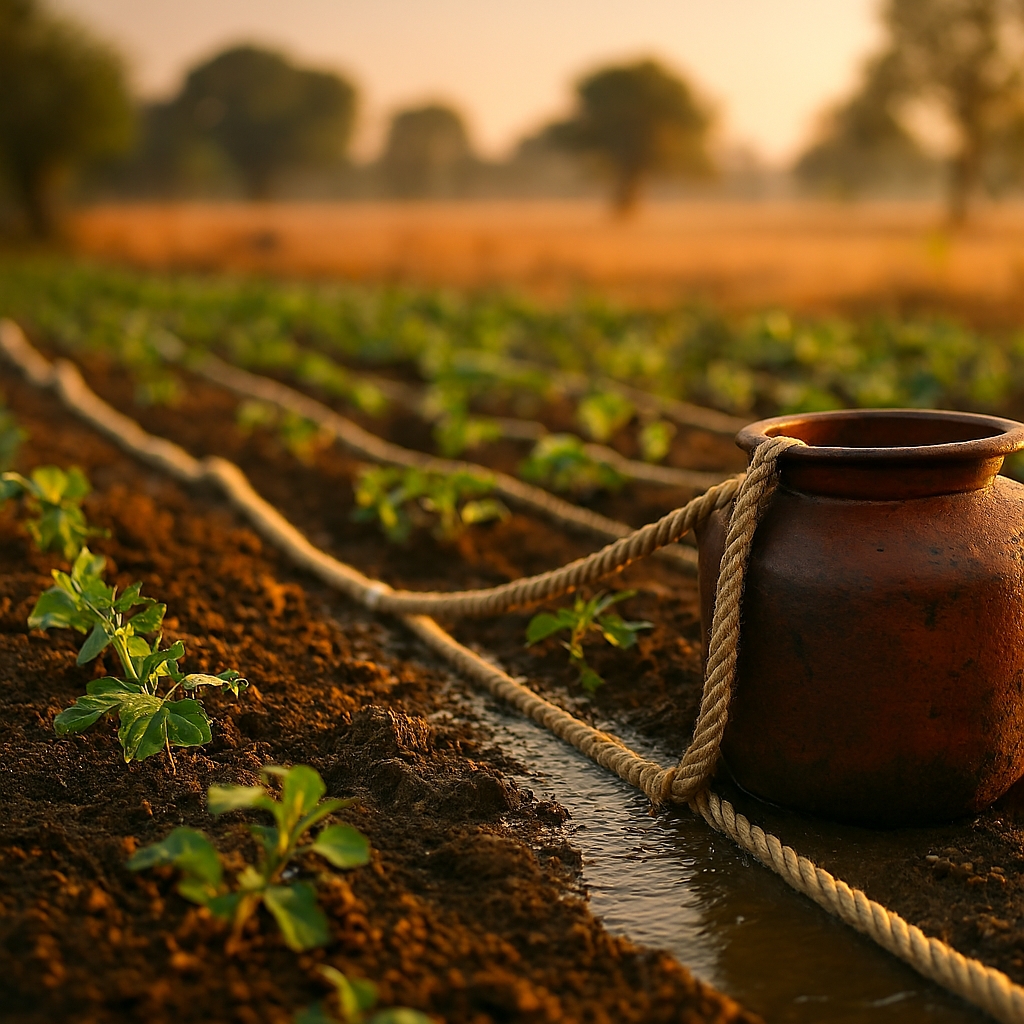The Styrofoam Box Reinvented
Turning Waste into a Worm Farm
Styrofoam is often seen as a menace to the environment due to its durability and resistance to decomposition. However, instead of allowing Styrofoam boxes to contribute to pollution, they can be repurposed into something useful – a worm farm.
Understanding the Environmental Challenge of Styrofoam
Why Is Styrofoam Problematic?
Styrofoam, or expanded polystyrene (EPS), is designed to last, making it a persistent pollutant. Its resistance to decomposition leads to long-term environmental issues.
Key Environmental Impacts of Styrofoam
Non-Biodegradable Waste – Styrofoam can remain intact in the environment for centuries.
Chemical Leaching – Harmful chemicals like styrene can leach into the environment.
Threats to Wildlife – Marine and terrestrial animals often mistake Styrofoam for food.
Microplastic Pollution – Over time, Styrofoam breaks into microplastics, which are harmful to ecosystems and human health.

Why Repurpose a Styrofoam Box?
The Benefits of Repurposing
Repurposing Styrofoam offers a second life to a problematic material. By turning a Styrofoam box into a worm farm, you not only reduce waste but also create a sustainable solution for managing food scraps.
Creative and Sustainable Uses
Transforming a Styrofoam box helps tackle waste while producing nutrient-rich compost that can benefit gardens and your ideas.

How to Turn a Styrofoam Box into a Worm Farm
What You’ll Need
To create your Styrofoam worm farm, gather the following materials
A clean Styrofoam box with a lid.
Shredded newspaper, cardboard, or coconut coir for bedding.
Composting worms, such as red wigglers.
A drill or sharp object for creating ventilation and drainage holes.
A spray bottle to maintain moisture.
Step 1 – Preparing the Styrofoam Box
Create Ventilation – Drill small holes on the sides of the box for airflow.
Add Drainage – Drill holes at the bottom of the box to drain excess liquid. Place a tray underneath to collect the liquid, often called “worm tea.”
Step 2 – Setting Up Bedding
Line the Box – Use a layer of shredded paper or cardboard as bedding. Moisten the bedding so it feels damp but not soaked.
Introduce Microbes – Sprinkle a small amount of soil or finished compost to add beneficial microorganisms.
Step 3 – Adding the Worms
Place your composting worms into the prepared bedding. Red wigglers are ideal because they efficiently process organic waste in small spaces.
Step 4 – Feeding Your Worms
What to Feed – Offer small amounts of fruit peels, vegetable scraps, eggshells, and coffee grounds.
What to Avoid – Do not include meat, dairy, or oily foods, as these attract pests and are difficult for worms to process.
Step 5 – Maintaining the Worm Farm
Check Moisture Levels – Keep the bedding damp to create the perfect environment for the worms.
Temperature Control – Place the farm in a shaded area to maintain a temperature between 15°C and 25°C.
Harvest the Compost – Over time, the worms will produce dark, crumbly compost, which can be harvested and used as fertilizer.

The Benefits of a Styrofoam Worm Farm
Environmental Advantages
Repurposing Styrofoam reduces its environmental footprint and diverts waste from landfills. It also provides nutrient-rich compost, known as worm castings, which is a sustainable alternative to chemical fertilizers.
Supporting Sustainability
A worm farm made from a Styrofoam box is a creative way to reduce food waste while promoting sustainable gardening practices.
Conclusion – A Second Life for Styrofoam Boxes
Turning a Styrofoam box into a worm farm is a simple yet impactful way to address environmental challenges. This project not only reduces Styrofoam waste but also creates a sustainable solution for managing organic scraps and enriching soil.
By repurposing an everyday item, you’re taking a small but significant step toward a greener future.
Join the Discussion
Repurposing Styrofoam boxes into worm farms is not just an eco-friendly solution—it’s a way to get creative and contribute to a sustainable future.
#Sustainability #EcoFriendlyLiving #WormFarm #StyrofoamReuse #ReduceWaste #GreenLiving #Composting #UrbanGardening #ZeroWaste #RecyclingIdeas #SoilHealth #WormCompost #EnvironmentalAwareness #DIYProjects #SustainableGardening #NatureLovers #Upcycling #OrganicFarming #RepurposeStyrofoam #EcoHacks #GoGreen #GardenTips #FoodWasteReduction #PlasticPollution #WasteManagement #EarthFriendly #ClimateAction #Microplastics #SustainableSolutions #EnvironmentalCare













The Dynamic Harmony Of Living Off the Land - ecoreef.co
[…] Small-scale farming and renewable energy usage significantly reduce carbon footprints. It minimizes waste and avoids reliance on harmful chemicals, preserving local ecosystems. […]